The University of Brighton is a public university based on four campuses in Brighton and Eastbourne on the south coast of England. Its roots can be traced back to 1858 when the Brighton School of Art was opened in the Royal Pavilion. It achieved university status in 1992.

The Victoria and Albert Museum in London is the world's largest museum of applied arts, decorative arts and design, housing a permanent collection of over 2.27 million objects. It was founded in 1852 and named after Queen Victoria and Prince Albert.

Goldsmiths, University of London, legally the Goldsmiths' College, is a constituent research university of the University of London. It was originally founded in 1891 as The Goldsmiths' Technical and Recreative Institute by the Worshipful Company of Goldsmiths in New Cross, London. It was renamed Goldsmiths' College after being acquired by the University of London in 1904, and specialises in the arts, design, computing, humanities and social sciences. The main building on campus, known as the Richard Hoggart Building, was originally opened in 1792 and is the site of the former Royal Naval School.
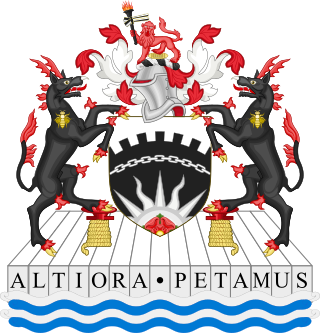
The University of Salford is a public research university in Salford, Greater Manchester, England, 1 mile west of Manchester city centre. The Royal Technical Institute, Salford, which opened in 1896, became a College of Advanced Technology in 1956 and gained university status in 1967, following the Robbins Report into higher education.
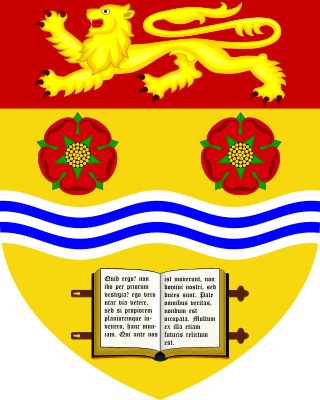
Lancaster University is a public research university in Lancaster, Lancashire, England. The university was established in 1964 by royal charter, as one of several new universities created in the 1960s.

Birmingham City University is a university in Birmingham, England. Initially established as the Birmingham College of Art with roots dating back to 1843, it was designated as a polytechnic in 1971 and gained university status in 1992.

The University of Wolverhampton is a public university located on four campuses across the West Midlands, Shropshire and Staffordshire in England. The roots of the university lie in the Wolverhampton Tradesmen's and Mechanics' Institute founded in 1827 and the 19th-century growth of the Wolverhampton Free Library (1870), which developed technical, scientific, commercial and general classes. This merged in 1969 with the Municipal School of Art, originally founded in 1851, to form the Wolverhampton Polytechnic.
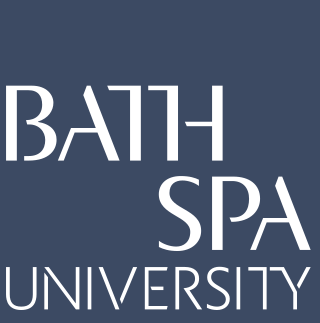
Bath Spa University is a public university in Bath, England, with its main campus at Newton Park, about 3+1⁄2 miles (5.6 km) west of the centre of the city. The university has other campuses in the city of Bath, and one at Corsham Court in Wiltshire.

Warwick Arts Centre is a multi-venue arts complex at the University of Warwick in Coventry, England. It attracts around 300,000 visitors a year to over 3,000 individual events embracing all types of theatre and performance, contemporary and classical music, dance, comedy, visual art, films, talks and family events. Warwick Arts Centre is the largest arts centre in the Midlands, and the largest venue of its kind in the UK outside the Barbican Centre in London.
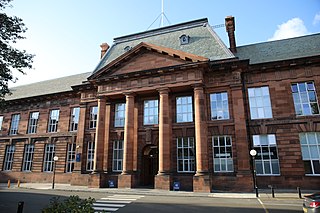
Edinburgh College of Art (ECA) is one of eleven schools in the College of Arts, Humanities and Social Sciences at the University of Edinburgh. Tracing its history back to 1760, it provides higher education in art and design, architecture, history of art, and music disciplines for over three thousand students and is at the forefront of research and research-led teaching in the creative arts, humanities, and creative technologies. ECA comprises five subject areas: School of Art, Reid School of Music, School of Design, School of History of Art, and Edinburgh School of Architecture & Landscape Architecture (ESALA). ECA is mainly located in the Old Town of Edinburgh, overlooking the Grassmarket; the Lauriston Place campus is located in the University of Edinburgh's Central Area Campus, not far from George Square.

Arts University Bournemouth is a further and higher education university based in Poole, England, specialising in art, performance, design, and media. It was formerly known as The Arts University College at Bournemouth and The Arts Institute at Bournemouth and is the home of Bournemouth Film School.
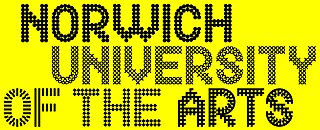
Norwich University of the Arts is a public university in Norwich, Norfolk, United Kingdom that specialises in art, design, media, architecture and performance. It was founded as Norwich School of Design in 1845 and has a long history of arts education. It gained full university status in 2013.
Hereford College of Arts is an art school based in the West Midlands, UK, and is the only specialist college in the region dedicated to the Arts.

The University for the Creative Arts is a specialist art and design university in the south of England.

The University of Chichester is a public university located in West Sussex, England, which became a university in 2005. Campuses are based in the city of Chichester and the nearby coastal resort of Bognor Regis and an associate campus for commercial music on the Isle of Wight.

Falmouth University is a specialist public university for the creative industries based in Falmouth and Penryn, Cornwall, England. Founded as Falmouth School of Art in 1902, it was later known as Falmouth College of Art and Design and then Falmouth College of Arts until 2012, when the university college was officially granted full university status by the Privy Council.

The Elam School of Fine Arts, founded by John Edward Elam, is part of the Faculty of Creative Arts and Industries at the University of Auckland. It offered the first Bachelor of Fine Arts programme in New Zealand starting in 1967. Students study degrees in fine art, across three buildings, the Mondrian building, Building 431, and Elam B, which includes the studios for postgraduate and doctoral students on Princes Street, in central Auckland, New Zealand.
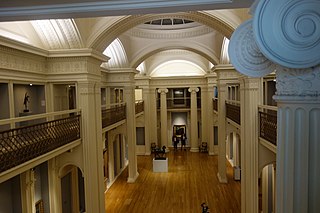
Talbot Rice Gallery is the contemporary art gallery of the University of Edinburgh in Scotland and part of Edinburgh College of Art. The building has three exhibition spaces, including a contemporary white cube gallery and a neoclassical space that was formerly a 19th-century natural history museum.

Kingston University London is a public research university located within the Royal Borough of Kingston upon Thames, in South West London, England. Its roots go back to the Kingston Technical Institute, founded in 1899. It received university status in 1992, before which the institution was known as Kingston Polytechnic.
Lancaster Arts at Lancaster University (LA) is Lancaster University's public arts organisation. The organisation presents performances, for the public, staff and students, through its campus venues the Nuffield Theatre, Lancaster Concerts Series and the Peter Scott Gallery.





















